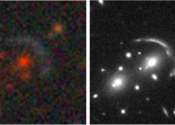Astrophysics team lights the way for more accurate model of the universe
Light from distant galaxies reveals important information about the nature of the universe and allows scientists to develop high-precision models of the history, evolution and structure of the cosmos.









